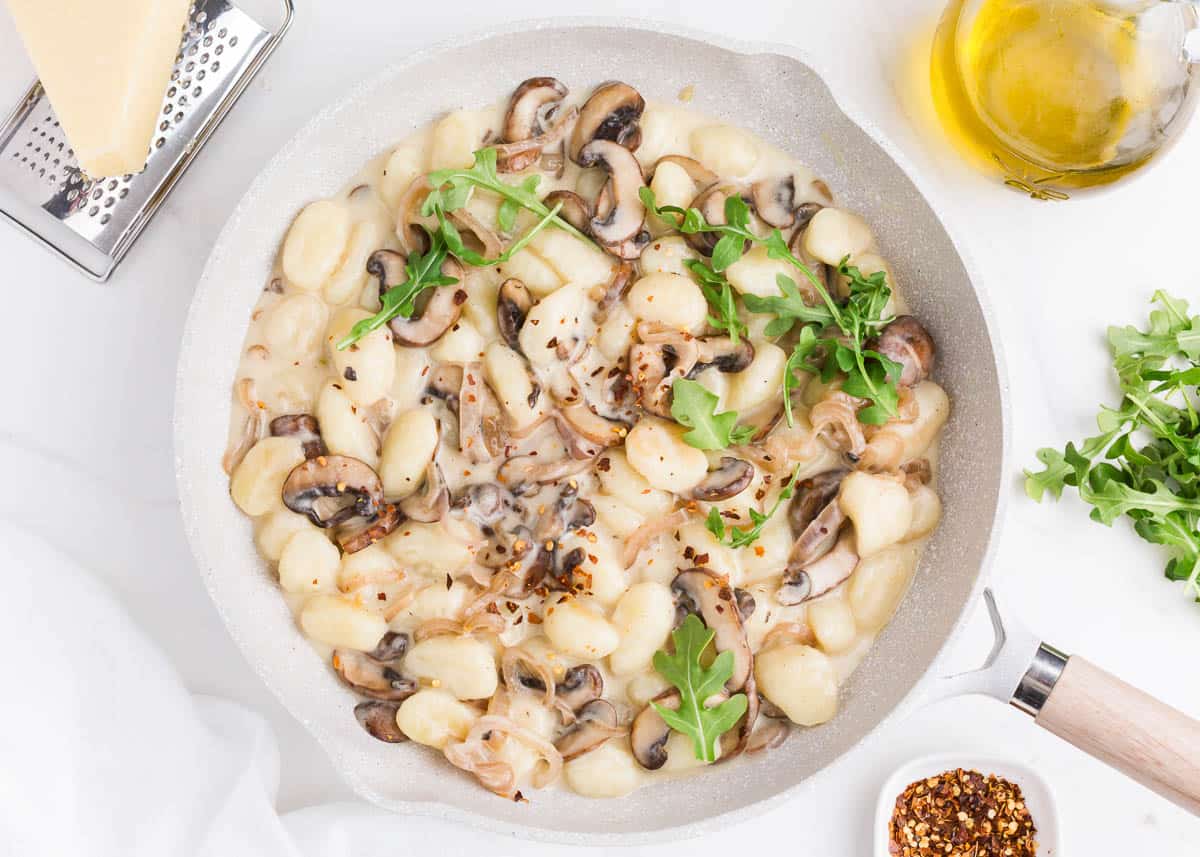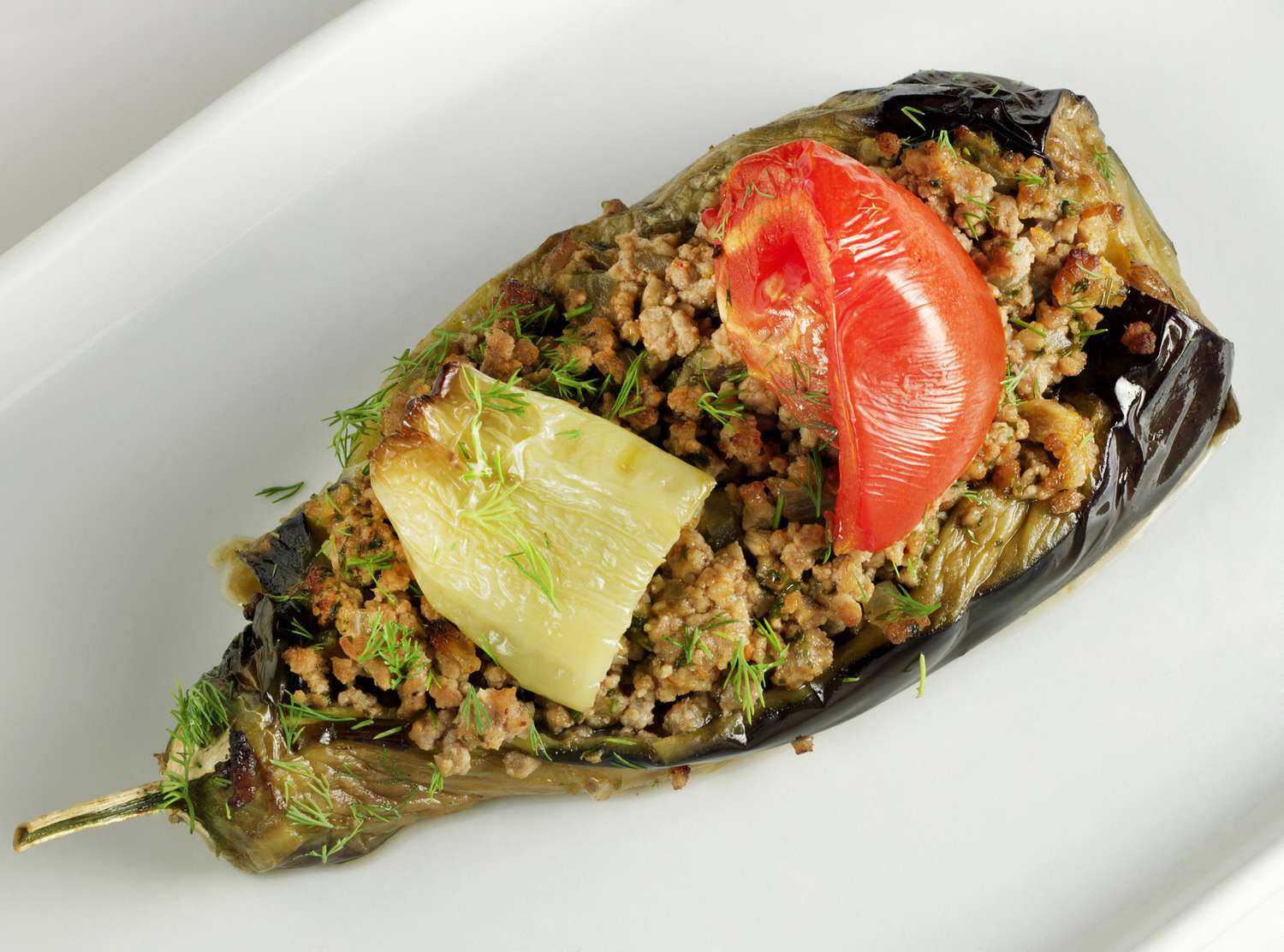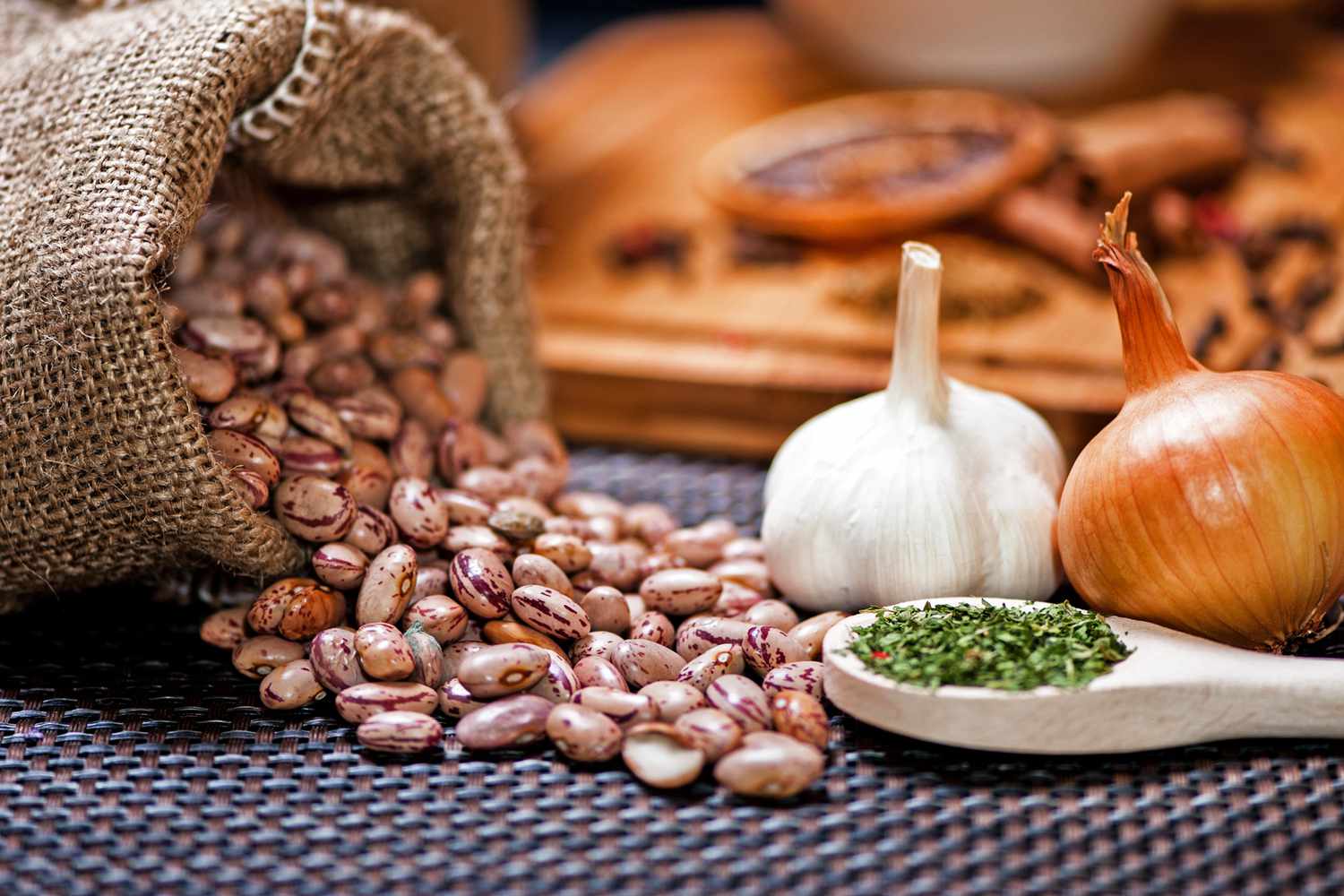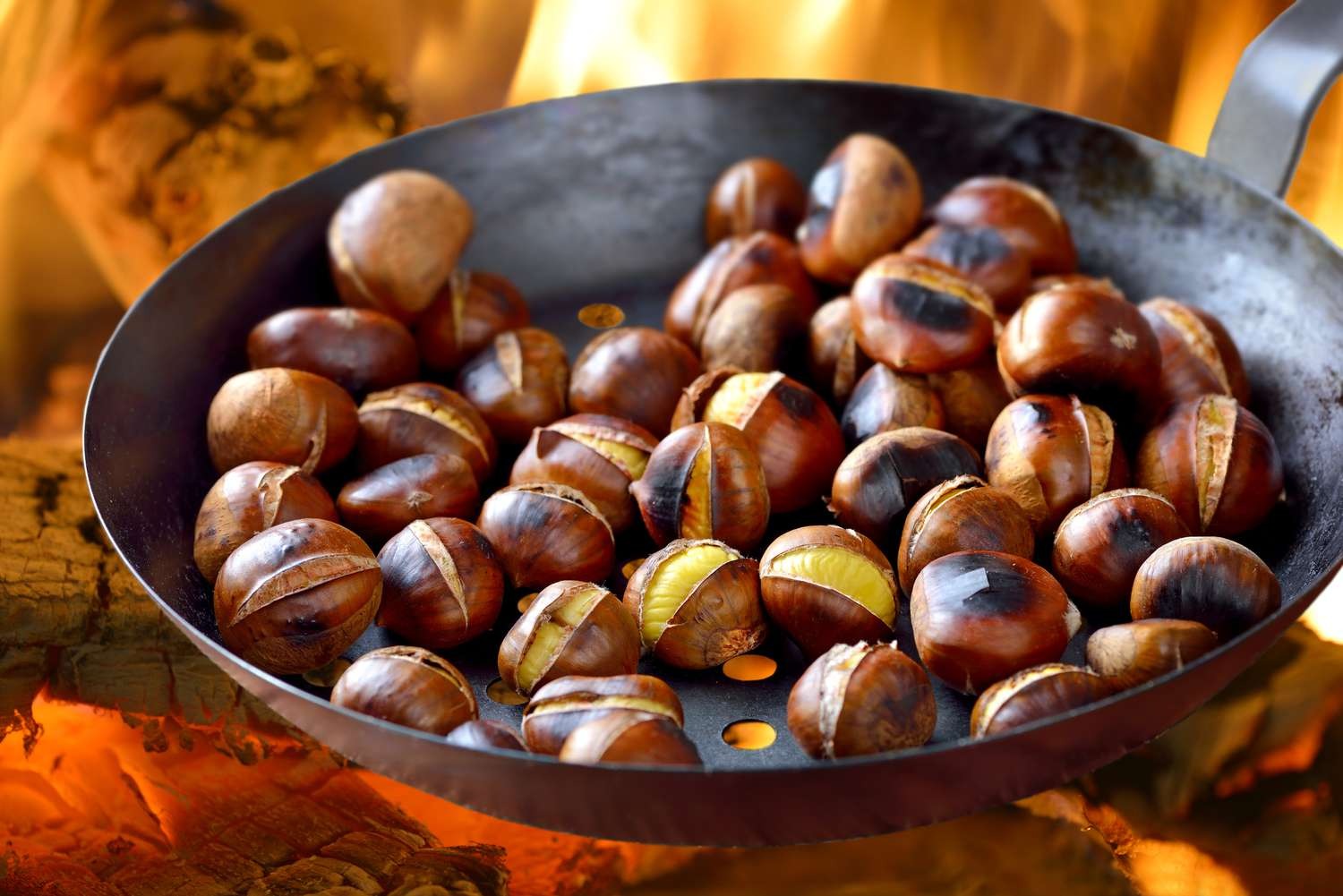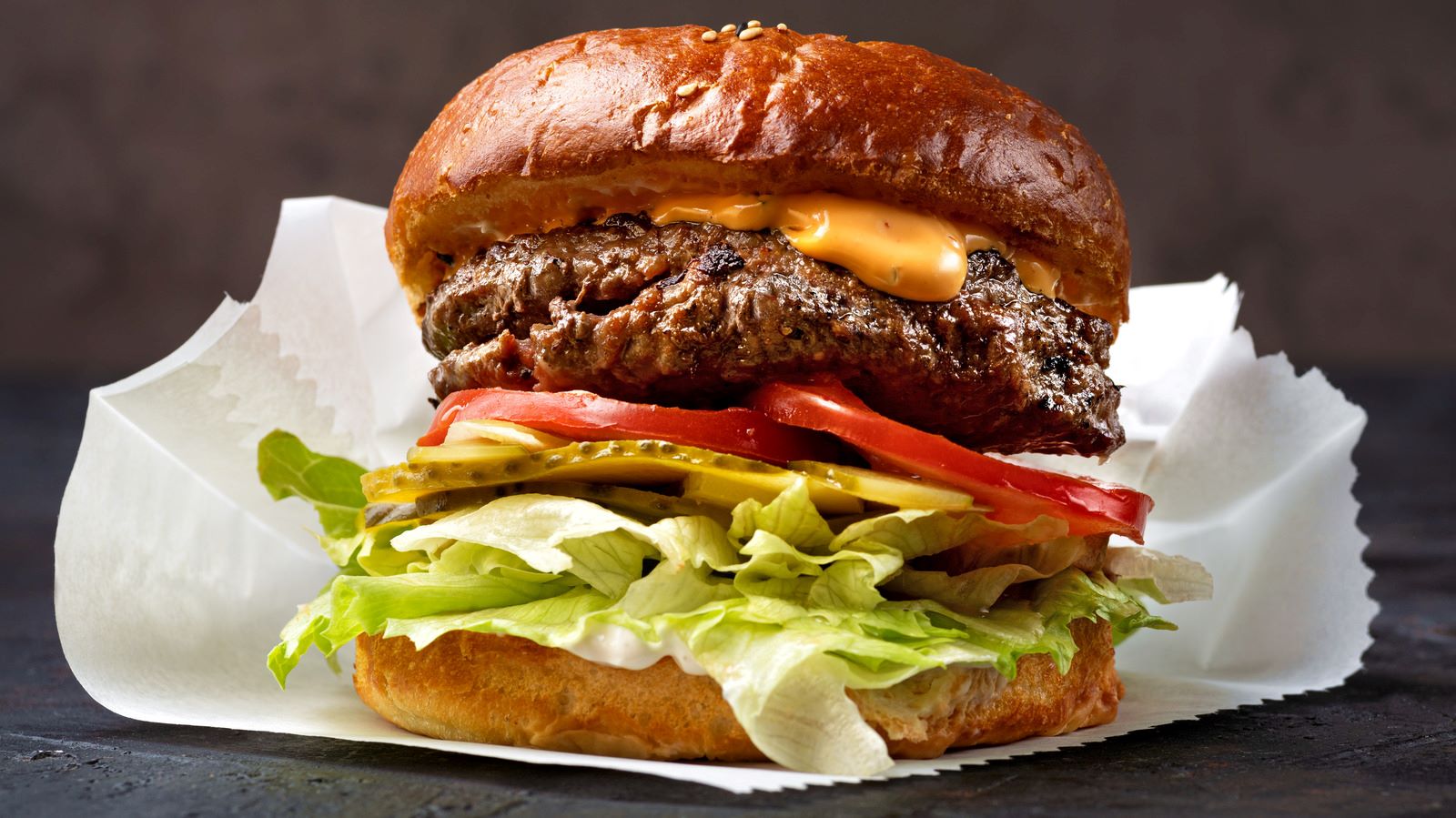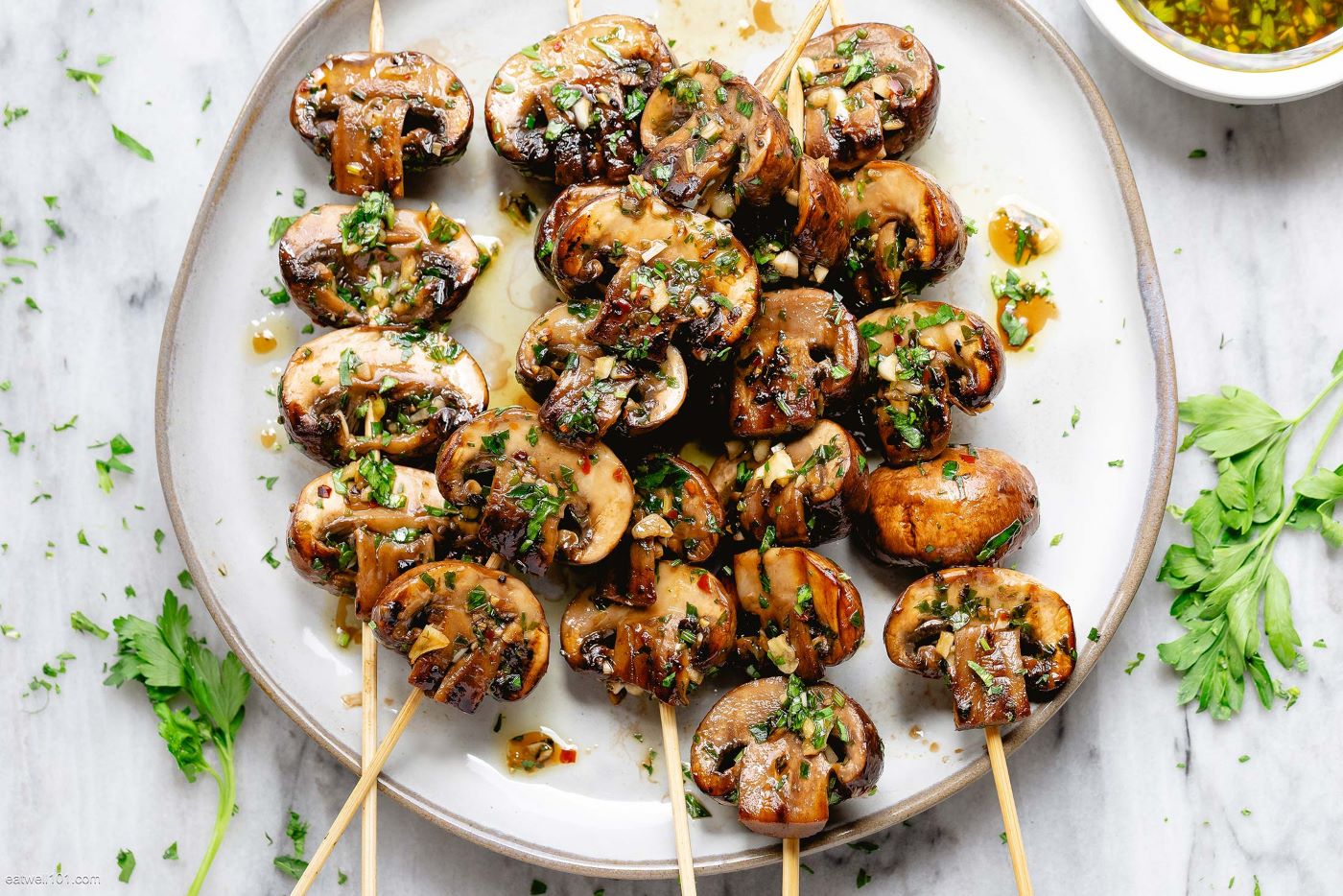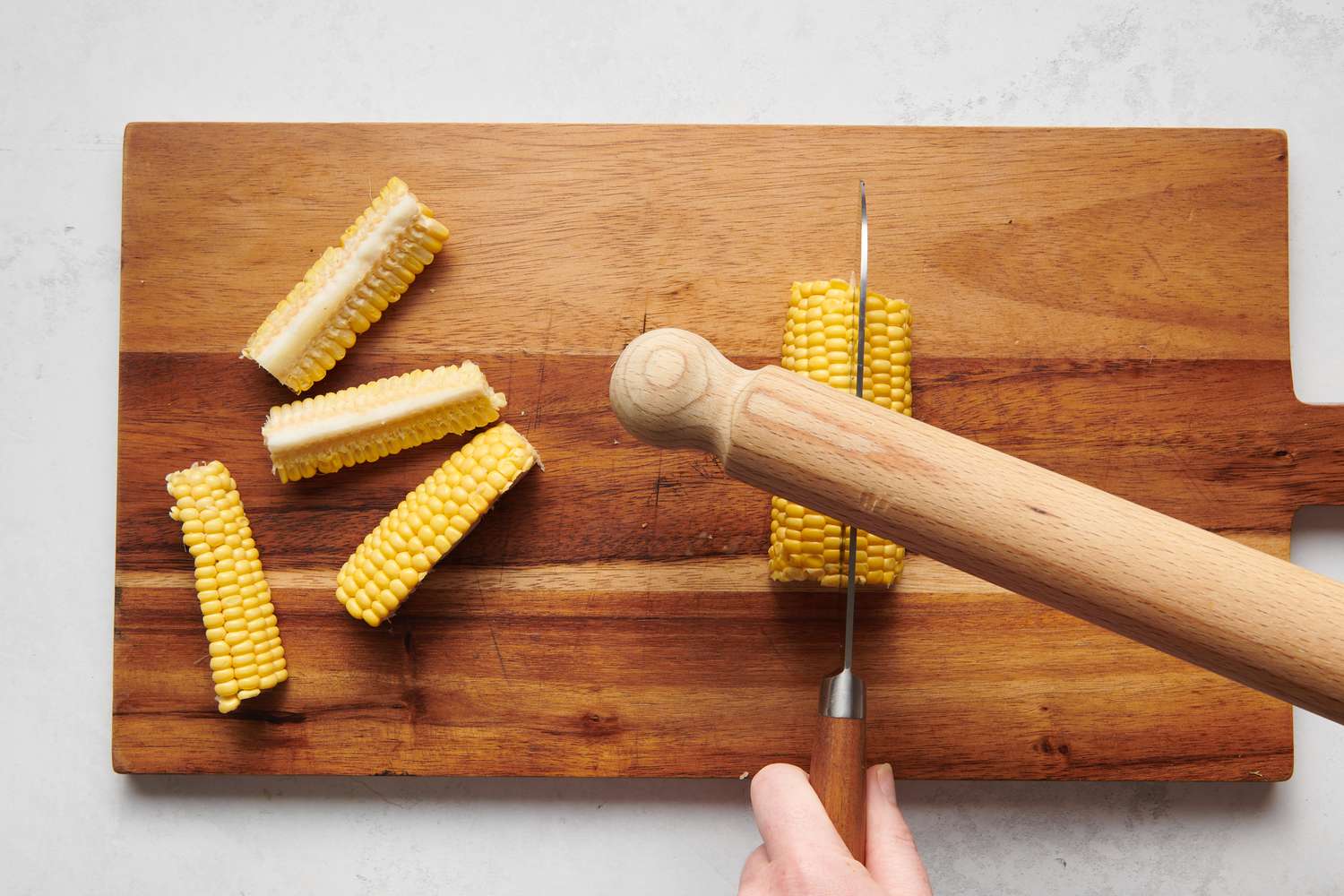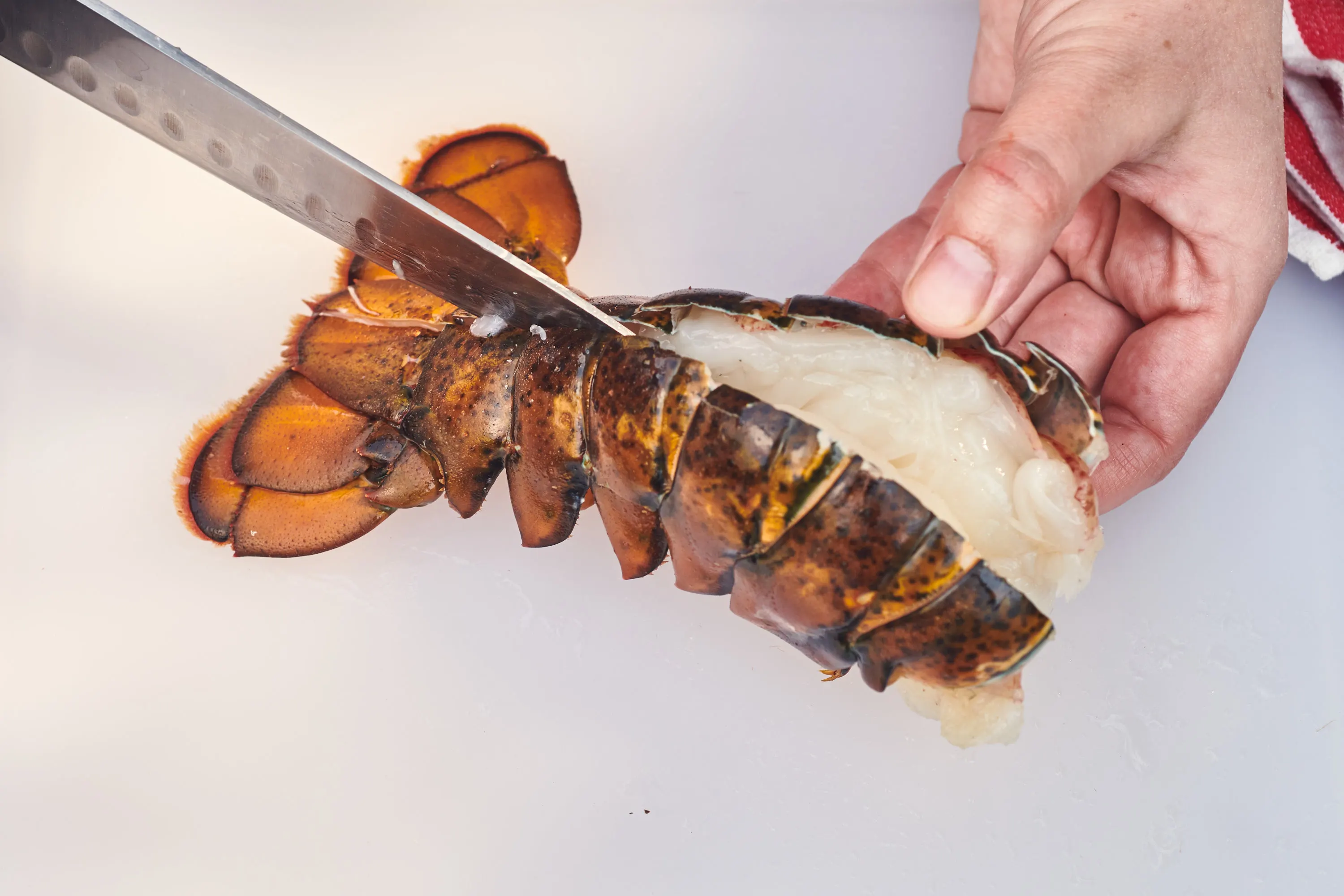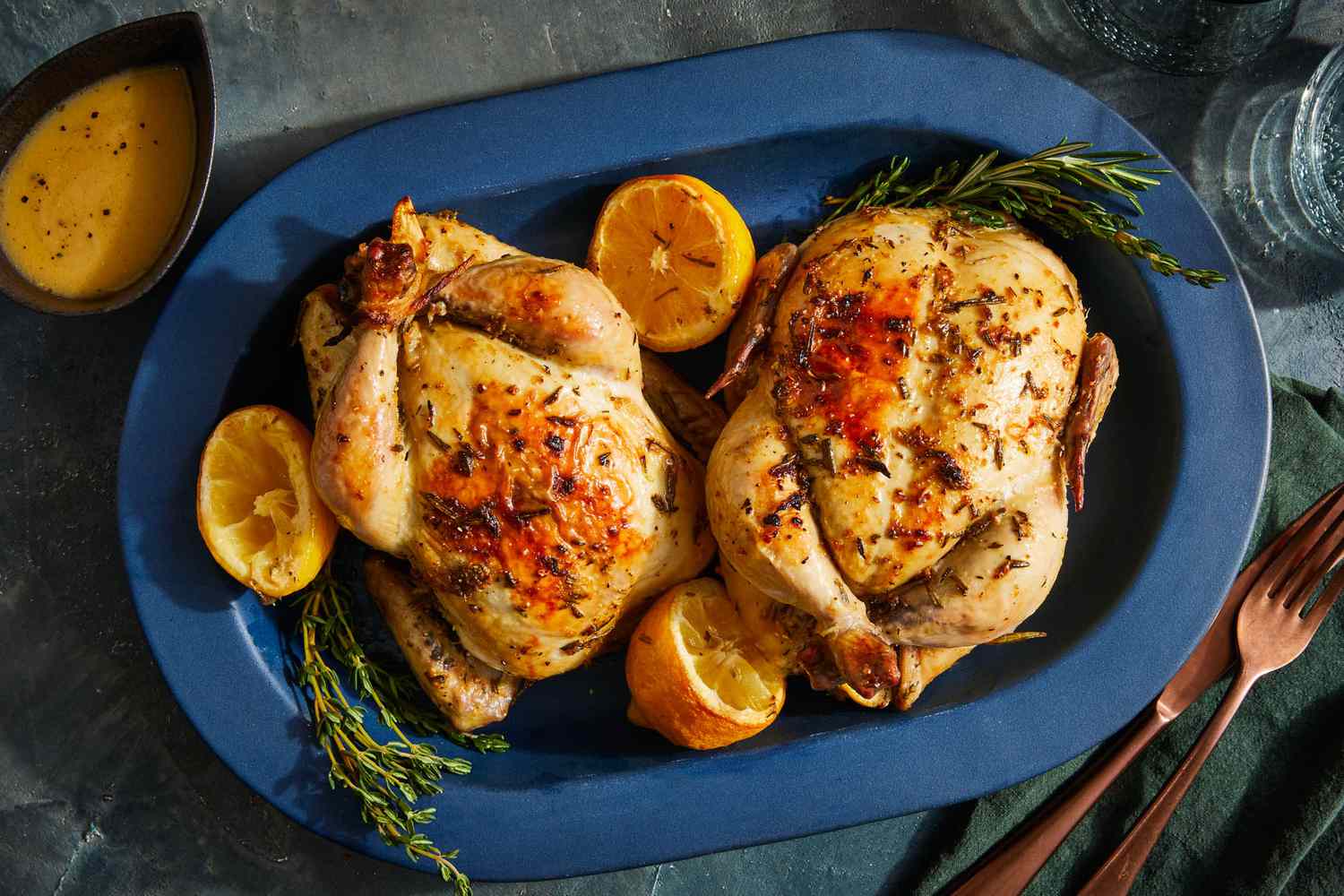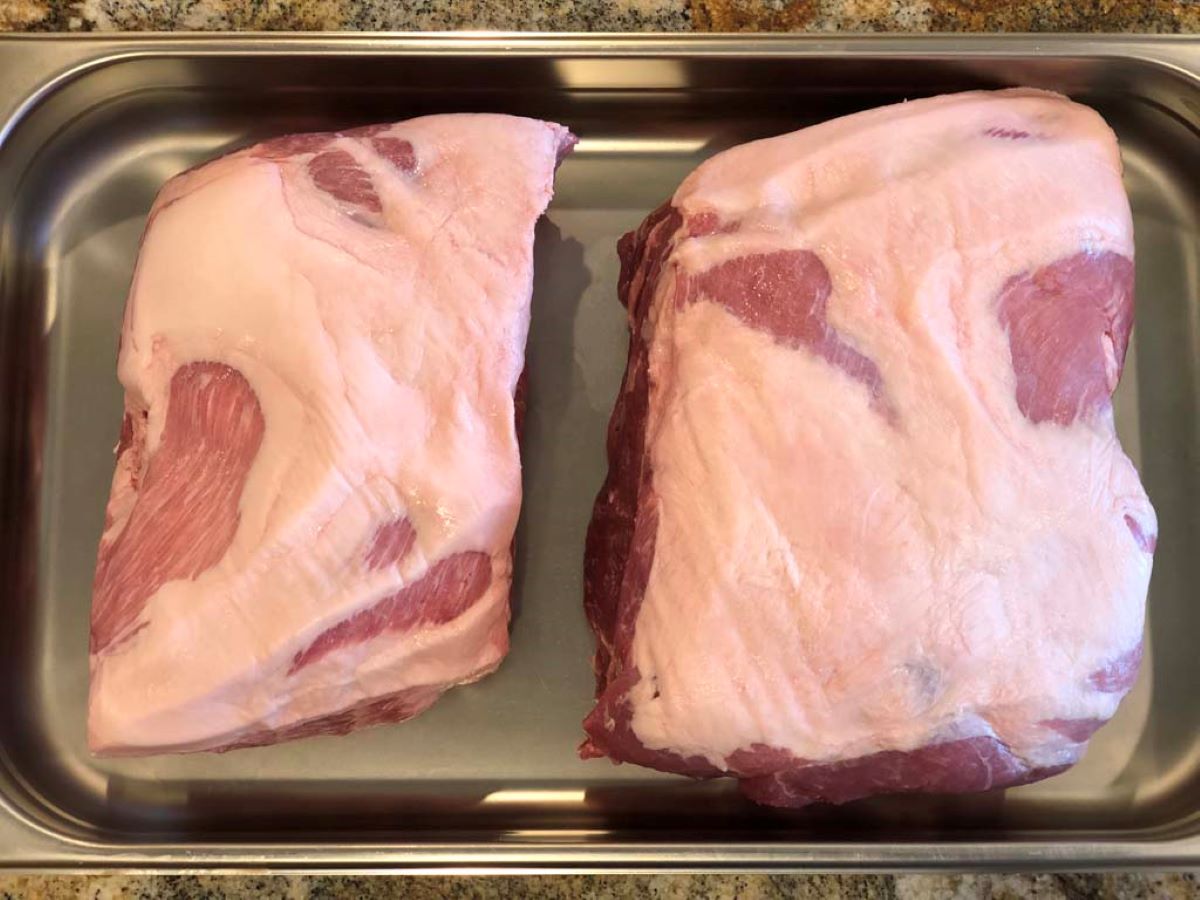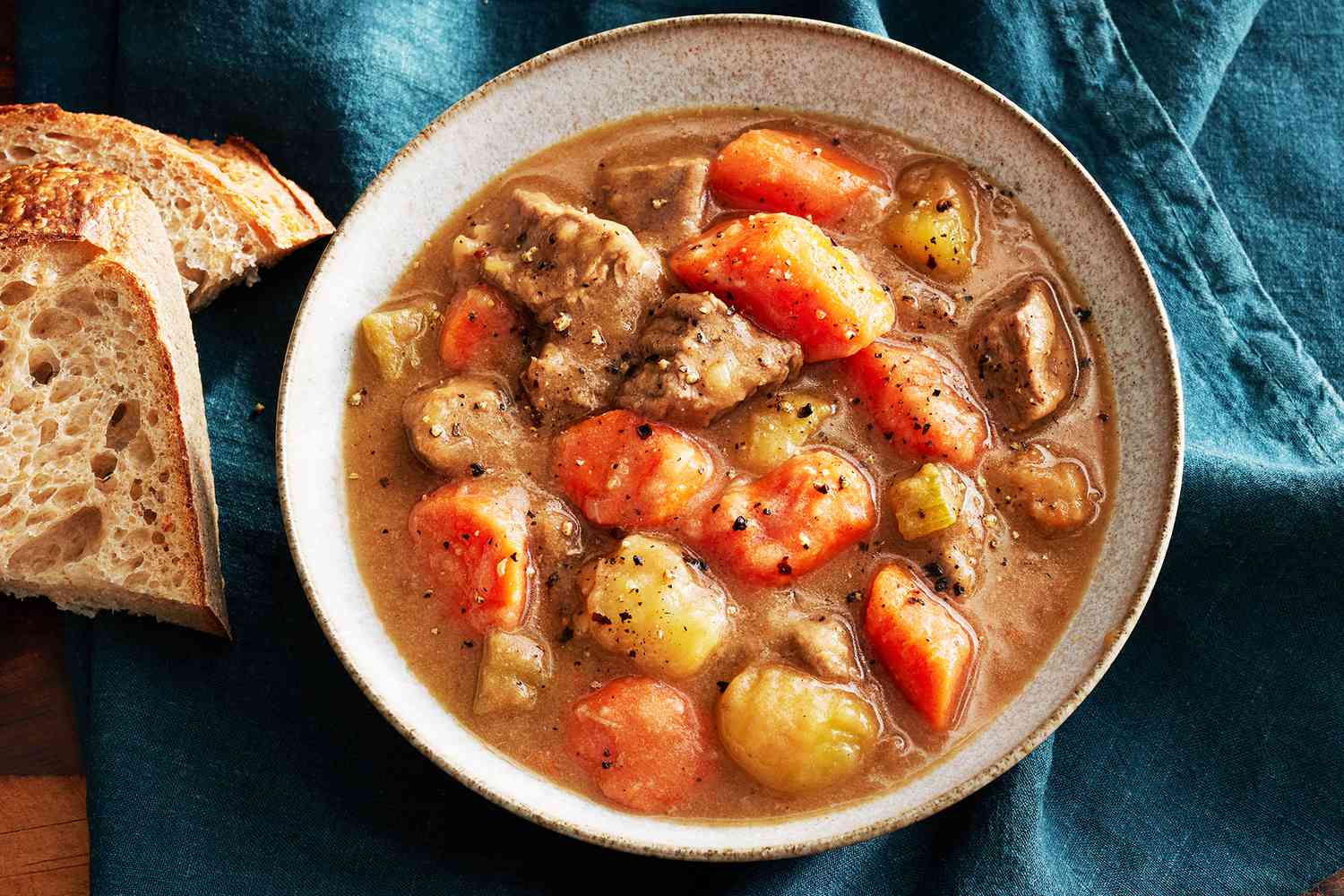Cooking buckwheat might seem intimidating at first, but it's surprisingly simple and incredibly rewarding. Often mistaken for a grain, buckwheat is actually a seed, making it a fantastic gluten-free option that's packed with nutrients. Whether you're aiming for a hearty breakfast porridge or a robust addition to salads and soups, mastering the art of cooking buckwheat opens up a world of culinary possibilities. This guide will walk you through the basic steps, ensuring your buckwheat turns out perfectly every time. Ready to get started? Let's dive into the simple yet versatile world of buckwheat cooking.
Essential Ingredients for Buckwheat Perfection
- 1 cup buckwheat groats
- 2 cups water or broth
- Pinch of salt
Must-Have Tools for Buckwheat Mastery
- Saucepan with lid
- Measuring cups
- Measuring spoons
- Wooden spoon or spatula
- Strainer
- Mixing bowl
Cooking buckwheat starts with rinsing grains under cold water. Then, combine one part buckwheat with two parts boiling water, simmer for 10-12 minutes, and let stand covered until fluffy.
The Importance of Mastering Buckwheat
Cooking buckwheat is a simple, nutritious choice for meals. Rich in protein, fiber, and essential minerals, it supports a healthy diet. Unlike common grains, buckwheat is gluten-free, making it ideal for those with sensitivities. Its versatility in dishes from porridge to salads enhances its appeal.
Mastering buckwheat preparation offers a gateway to exploring diverse cuisines. This pseudo-cereal adapts to various cooking methods, including boiling, toasting, or baking. Learning to cook it properly ensures a delightful texture and flavor, enriching culinary experiences and dietary variety.
Your Ultimate Buckwheat Cooking Guide
Cooking Buckwheat: Step by Step Guide
-
Rinse Buckwheat: Start by placing buckwheat groats in a fine mesh strainer. Rinse them under cold running water until water runs clear. This step removes any dust or debris.
-
Boil Water: In a medium saucepan, bring water to a boil. For every cup of buckwheat, you'll need two cups of water. This ratio ensures that buckwheat cooks properly, becoming tender without being mushy.
-
Add Buckwheat to Boiling Water: Once water is boiling, add rinsed buckwheat groats. Stir once to ensure groats are evenly distributed in the water.
-
Season: Add a pinch of salt to the water. Salt enhances the nutty flavor of buckwheat, making it more palatable.
-
Reduce Heat and Simmer: Lower the heat to a simmer. Cover the saucepan with a tight-fitting lid. This step is crucial as it allows buckwheat to cook evenly, absorbing water gradually.
-
Cook Until Tender: Let buckwheat simmer for about 10-15 minutes. Check if it's done by tasting a few groats. They should be tender but still hold their shape.
-
Drain Excess Water: If there's any excess water after cooking, drain buckwheat by pouring it through a strainer. This prevents it from becoming soggy.
-
Let It Sit: Return the drained buckwheat to the pot. Remove it from heat but keep it covered. Allow it to sit for about 5 minutes. During this time, buckwheat will continue to steam, becoming fluffier.
-
Fluff with a Fork: After letting it sit, fluff buckwheat gently with a fork. This separates the groats and prevents them from clumping together.
-
Serve or Use in Recipes: Now, buckwheat is ready to be served as a side dish or used as a base for other recipes. Its nutty flavor and tender texture make it a versatile ingredient.
Tips for Perfect Buckwheat Every Time
-
Toast Buckwheat First: For a deeper flavor, toast buckwheat groats in a dry pan over medium heat until they become fragrant. This step adds a rich, nutty dimension to the final dish.
-
Use a Ratio of 1:2: Always remember the buckwheat to water ratio of 1:2. Maintaining this ratio ensures that buckwheat cooks perfectly every time.
-
Adjust Cooking Time: Depending on the desired texture, you may adjust the cooking time. Less time for a firmer bite, more time for a softer texture.
-
Experiment with Flavors: Feel free to experiment by cooking buckwheat in broth instead of water or adding herbs and spices for extra flavor.
Following these steps and tips, you'll be able to cook buckwheat perfectly, making it a nutritious and delicious addition to your meals.
Mastering Buckwheat: Your Culinary Takeaway
Cooking buckwheat doesn't have to be a mystery or a chore. With these simple steps, you're well on your way to incorporating this nutritious, versatile grain into your daily meals. Remember, whether you opt for kasha or raw buckwheat, the key is in the water ratio and cooking time. Experiment with both savory and sweet dishes to discover how adaptable buckwheat can be. From hearty breakfast porridges to robust dinner sides, buckwheat offers a world of culinary possibilities. So, don't shy away from trying different spices and ingredients to complement its unique, nutty flavor. Embrace buckwheat's health benefits and let it inspire your kitchen adventures. Happy cooking!
All Your Buckwheat Questions Answered
What is buckwheat and how does it differ from regular wheat?
Buckwheat isn't related to wheat at all. Surprisingly, it's a seed from a plant related to rhubarb and sorrel, making it a fantastic gluten-free option. Its seeds are rich in protein, fiber, and a unique, nutty flavor that stands out in dishes.
Can I use buckwheat in both sweet and savory dishes?
Absolutely! Buckwheat's versatility is one of its best features. For a savory twist, think buckwheat salads or risottos. Craving something sweet? Buckwheat pancakes or crepes are the way to go. Its robust flavor pairs well with a wide range of ingredients.
What's the basic method for cooking buckwheat?
Cooking buckwheat is straightforward. First, rinse the seeds under cold water. Then, for every cup of buckwheat, boil two cups of water. Add the buckwheat, reduce the heat, and simmer it covered for about 10-12 minutes or until it's tender. Drain any excess water, and voilà, it's ready to serve.
How can I make my buckwheat dishes more flavorful?
Toasting buckwheat before cooking it can really elevate the dish. Just heat a dry pan, add the buckwheat, and stir for a few minutes until it smells nutty. Then, proceed with cooking as usual. Experimenting with broth instead of water and adding herbs or spices also adds great depth to its flavor.
Is buckwheat suitable for those with gluten intolerance?
Yes, buckwheat is naturally gluten-free and an excellent choice for anyone avoiding gluten. However, cross-contamination can occur, so those with celiac disease should look for certified gluten-free labels to be safe.
Can I store cooked buckwheat for later use?
Cooked buckwheat stores beautifully in the fridge for up to a week. Just make sure it's in an airtight container. For longer storage, freeze it. Frozen buckwheat can last for months, making it a handy ingredient to have on hand for quick meals.
Any tips for using buckwheat in baking?
Buckwheat flour adds a delightful, earthy flavor to baked goods. It's denser than regular flour, so for light and fluffy results, mix it with other flours. A good starting point is substituting half of the regular flour in recipes with buckwheat flour. Adjust from there based on your preferences.
Was this page helpful?
Read Next: How To Cook Lotus Root
